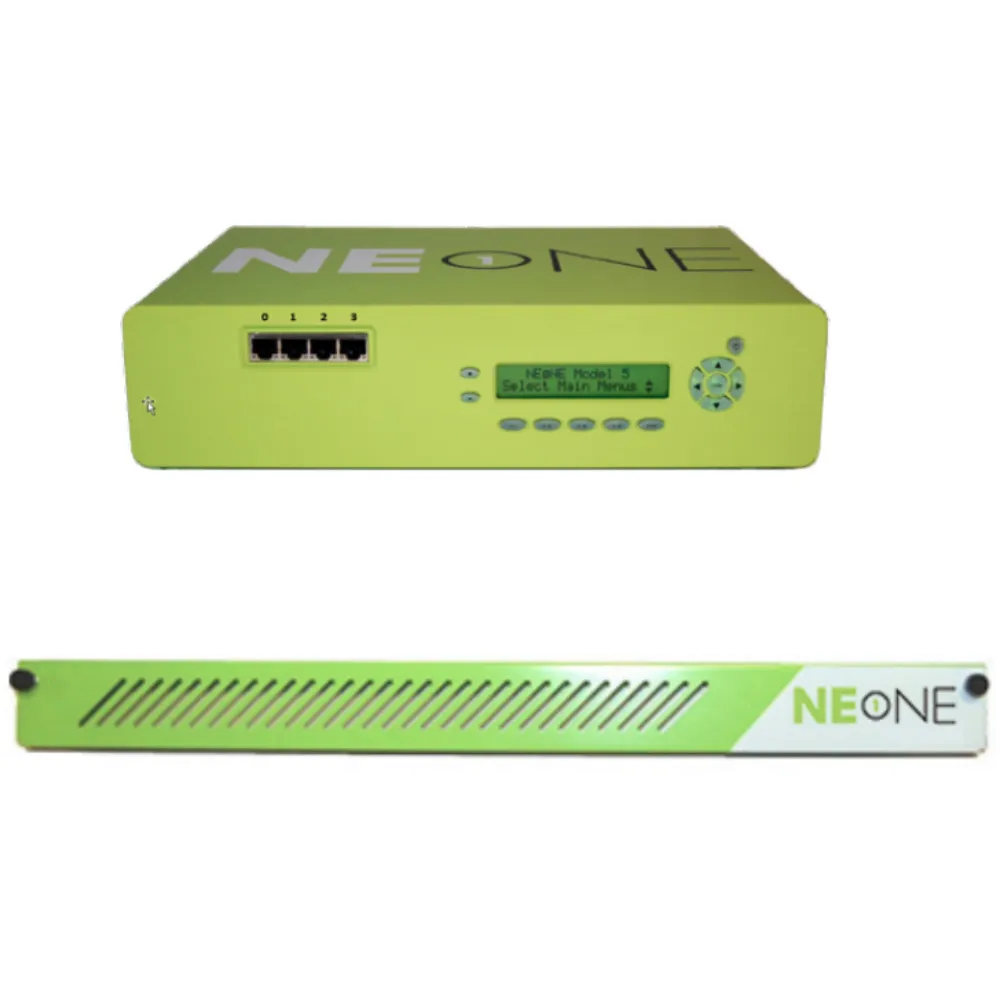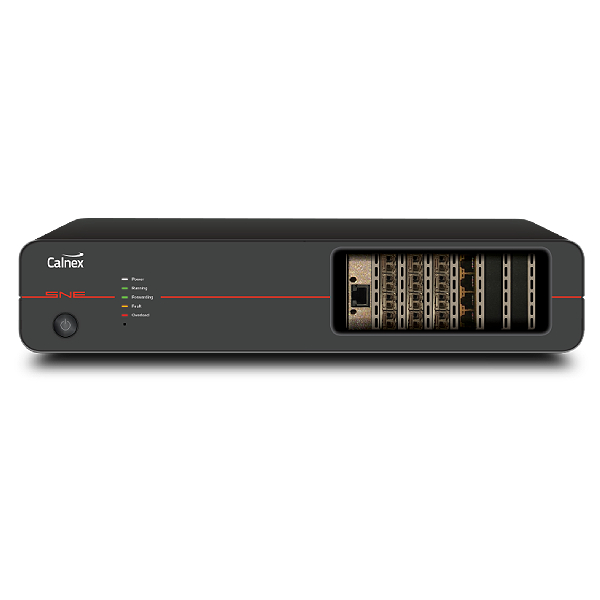
Our online transactions have become indispensable aspects of our daily lives, influencing how we work, communicate and access essential information. As our reliance on digital connectivity continues to grow, the management of network configurations and protocols has grown increasingly complex as well. Even minor adjustments to these settings can wield significant impacts on overall network performance. Ensuring seamless operation and preventing disruptions are paramount goals. Yet, achieving these objectives necessitates thorough, rigorous testing and validation of network changes in a controlled environment, without risking disruption to the live network.
So how do we validate changes without risking disruptions to the live network?
This is where controlled testing environments come into play, providing a safe space to assess changes, troubleshoot issues, and fine-tune configurations before deploying them in the live environment.
The Crucial Role of Controlled Environments
Disrupting the live network poses numerous risks and inefficiencies that can have significant consequences for businesses and organisations. These include;
- Potential Downtime: When the live network is disrupted, essential network services become unavailable, leading to disruptions in operations. Employees may be unable to access necessary resources or communicate effectively, resulting in a loss of productivity. Additionally, downtime can lead to revenue loss as transactions and operations are halted, impacting the organisation's bottom line.
- Data Loss:
 Network disruptions can result in data loss through various means. Network interruptions, whether due to technical issues or deliberate attacks, can cause data packets to be dropped or corrupted, leading to data loss. Misconfigurations in network settings can inadvertently alter or delete data, while accidental deletions by users can result in the loss of critical information. This jeopardises the integrity of data and compromises business continuity, as organisations may struggle to recover lost information and resume normal operations.
Network disruptions can result in data loss through various means. Network interruptions, whether due to technical issues or deliberate attacks, can cause data packets to be dropped or corrupted, leading to data loss. Misconfigurations in network settings can inadvertently alter or delete data, while accidental deletions by users can result in the loss of critical information. This jeopardises the integrity of data and compromises business continuity, as organisations may struggle to recover lost information and resume normal operations.
- Security Vulnerabilities: Disruptions to the live network can also create security vulnerabilities, exposing the organisation to various cyber threats. During network downtime, security mechanisms such as firewalls and intrusion detection systems may be rendered ineffective, allowing attackers to exploit vulnerabilities and gain unauthorised access to the network. Additionally, data breaches can occur when sensitive information is exposed or compromised during network disruptions, leading to reputational damage and legal consequences for the organisation.
By implementing testing environments, organisations can mitigate these potential impacts and ensure the reliability, integrity, and security of their network infrastructure. Testing environments provide a controlled space where network configurations and protocols can be tested and validated without disrupting the live network. This allows organisations to identify and address issues proactively, minimising the risk of downtime, data loss, and security vulnerabilities.
Let's shift our focus from the challenges to the solutions at hand.
Hardware or Freeware Network Emulation
After emphasising the crucial role of controlled testing environments in ensuring network stability and security, the next consideration is how to effectively conduct testing without risking disruptions to the live network. This leads us to the question: should you opt for hardware solutions or utilise freeware? Let's explore this question to understand the trade-offs involved and the diverse options available.
From a budget perspective, free software might seem like the obvious choice.
But how much are you really saving?
While the software is free, you'll still need a good computer to run it, which requires additional spending on hardware. Plus, setting up and troubleshooting free software can be more time-consuming and complex. With hardware emulators, things are easier because they usually come with easy-to-use interfaces and support teams to help when things go wrong.
Then there's the technology part. Some tests need to be very accurate and repeatable. Hardware emulators are built to do just that. They're reliable and give consistent results. Free software, on the other hand, might not be as dependable because it's sharing resources with other programs on your computer. This can mess up your test results.
And don't forget about user experience. Hardware network emulators have simple interfaces that make testing quick and easy. Plus, you've got a team of experts to help if you get stuck. With free software, it can be harder to figure things out on your own, and you might not get the help you need when things go wrong.
Comparison of Hardware and Freeware Network Emulators
| Aspect | Hardware Emulators | Freeware Network Emulators |
|---|---|---|
| Cost | Higher initial investment, but typically includes dedicated hardware and support. Often more cost-effective for extensive testing. ✓ | Free software, but additional costs for hardware, support, and troubleshooting. May require more time and effort to set up. ✗ |
| Reliability | Highly reliable with consistent performance. Designed to handle rigorous testing and heavy loads. ✓ | Shares resources with other applications, leading to variability in performance. May be less stable under high-demand scenarios. ✗ |
| Accuracy | Offers high accuracy and repeatability. Ideal for detailed and precise testing. ✓ | May lack accuracy due to resource constraints and less rigorous design. ✗ |
| Support | Typically includes a support team for troubleshooting and maintenance. ✓ | Limited support, often relying on community forums or online documentation. Troubleshooting can be time-consuming. ✗ |
| Scalability | Built to scale and can handle a wide range of testing scenarios, from basic to complex. ✓ | Scalability may be limited due to hardware constraints and less flexible design. ✗ |
| User Experience | Designed with user-friendly interfaces, making testing quick and easy. Offers expert support if needed. ✓ | Interfaces may be less intuitive, requiring more technical expertise. May lack dedicated support. ✗ |
Network Emulators on the Market
After exploring the trade-offs between hardware and freeware network emulators, let's look at some of the prominent hardware-based emulators available today. These solutions address diverse testing needs and offer various benefits for validating network configurations in a controlled environment.
Calnex’s family of NE-One Network Emulators, offers the ultimate solution for your extensive application testing requirements. The NE-One family of network emulators addresses the evolving needs of modern networks by providing a solution for creating accurate, controlled, and repeatable test environments. With the increasing demand for applications to perform seamlessly across various network conditions, including WANs and public networks, such as the Internet, Cloud, Mobile, or WiFi, NE-One offers a way to mimic complex real-world networks. This allows organisations to validate application and device behaviour under diverse network conditions, ensuring a positive customer experience. The NE-One family is designed to be user-friendly, allowing both network novices and experts to easily create Software Defined Test Networks and verify that applications are network-ready.
The Calnex SNE functions to evaluate, test and optimise computer networks prior to their deployment. Testing is vital as networks often face intricate scenarios like fluctuating routes and concurrent applications in real-world settings. With the Calnex SNE network emulator, you can replicate these scenarios, enabling you to establish and assess networks in a controlled lab environment to anticipate their performance in practical applications. In addition,, the Calnex SNE network emulator incorporates a 5G dataset derived from actual data gathered by leading carriers, facilitating the testing of applications under typical 5G conditions to guarantee seamless functionality post-deployment.
Both Calnex SNE and NE-One offer unique features that address common limitations of freeware emulators. Here's a comparison of the key features that make these hardware emulators superior in terms of reliability, scalability, and support:
| Feature | Calnex SNE | NE-One Network Emulators |
|---|---|---|
| Port Density | Supports a range of interfaces from 1GbE to 100GbE, with up to 8 ports for 100GbE/50GbE/25GbE and up to 16 ports for 10GbE/1GbE. | Offers flexible deployment configurations, including inline bridge setups, multi-port, and router-on-a-stick. |
| Emulation Capabilities | Simulates real-world network conditions with features like packet fragmentation, reordering, and advanced packet modification. | Allows rapid setup of test networks with built-in templates and Scenario Builder for automated test networks. |
| Ease of Use & Automation | Intuitive Web UI with RESTful API for automation and multi-user support. Offers "Any Port to Any Port" capabilities. | Web-based interface with RESTful API for automation and programmability, allowing integration with other tools like Wireshark®. |
| Scalability & Security | Supports multi-user functionality and offers scalable multi-port environments. Includes personalized user annotations and port assignment. | Enterprise-wide management allows scaling for multiple teams. Supports Single Sign-On (SSO) for enhanced security. |
| Rapid Analysis & Optimisation | Provides real-time metrics, graphs, and detailed reports for analysis and troubleshooting. Includes packet capture for investigative capability. | Offers real-time metrics, graphs, and detailed reports for application performance analysis. Supports packet capture for later analysis. |
And as an added bonus, the Calnex SNE and the NE-One family of Network Emulators can be used together synergistically to enhance network testing and application performance validation. Here's how they can be integrated and the benefits of using them together:
1. Comprehensive Test Environments:
By combining the Calnex SNE's ability to simulate real network conditions with the NE-One family's capability to create controlled test environments, users can establish comprehensive test setups that closely mimic real-world scenarios. This enables thorough testing of application performance under diverse network conditions, ensuring robustness and reliability.
2. Realistic Application Testing:
The Calnex SNE provides accurate emulation of WANs, Internet connections, and 5G networks, allowing users to test applications under realistic network conditions. By integrating this with the NE-One family's network emulators, users can further customise and fine-tune network parameters to replicate specific scenarios and assess application behaviour accurately.
3. Multi-Layered Testing:
The NE-One family of Network Emulators offers features for testing at multiple layers of the network stack, including network protocols, performance characteristics, and scalability. By integrating the Calnex SNE's network emulation capabilities with the NE-One family's multi-layered testing capabilities, users can conduct comprehensive testing covering various aspects of application performance and network behaviour.
4. Enhanced Validation and Optimization:
Using the Calnex SNE and the NE-One family together enables users to validate application performance under real network conditions while also optimising network configurations and parameters. By iteratively testing and refining network configurations in a controlled environment using the NE-One family's emulators, users can ensure that applications perform optimally when deployed in real-world networks simulated by the Calnex SNE.
5. Streamlined Automation and Integration:
Both the Calnex SNE and the NE-One family offer automation capabilities, including RESTful APIs for easy integration with existing testing frameworks and workflows. By leveraging these automation features, users can streamline the testing process, improve efficiency, and ensure consistency across testing environments and scenarios.
By using the Calnex SNE and the NE-One family of Network Emulators together, users can create comprehensive, realistic, and controlled test environments for validating application performance under diverse network conditions. This integration enhances the accuracy, reliability, and efficiency of network testing and optimisation processes, ultimately leading to improved application reliability and user experience.
Key Takeaways
Navigating the complex world of network management requires careful testing and validation. Whether setting up controlled testing environments or choosing between hardware and freeware emulation, every decision impacts reliable and optimised network performance. Emulation solutions not only meet current performance needs but also future-proof infrastructure against emerging challenges. By adopting solutions that fit their needs and budget, organisations can identify and address problems early, enhancing network stability and efficiency. As reliance on digital technology grows, emulation becomes crucial for smooth operations and preparing for unexpected challenges. It's a key tool, helping organisations tackle the complexities of digital connectivity with confidence.
If you have any queries, don't hesitate to Contact us now


